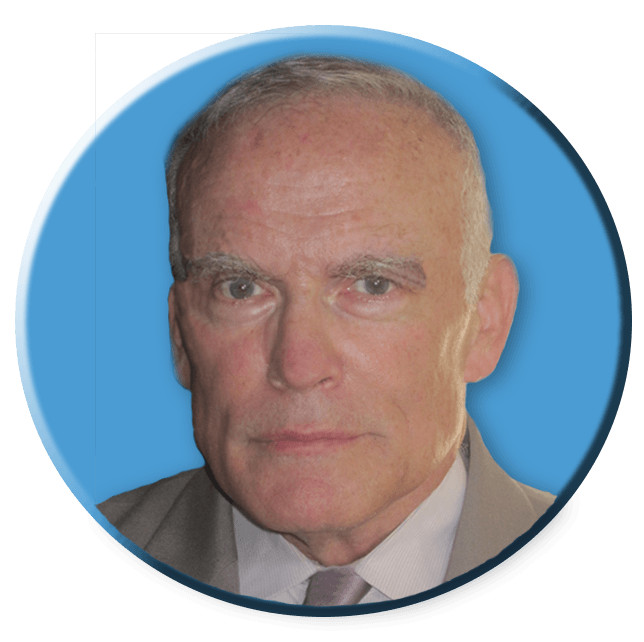PYONGYANG'S "WIZARD OF OZ" IN A POTEMKIN VILLAGE
James G. Zumwalt / January 1, 2000*
Published By ...
The North Korean people were led to believe Kim Jong Eun is the all powerful “Great Oz.” But there is a seed, planted because of his transition to power, that may take root to cause him problems later.
While historians still debate its historical basis, the story is told of actions taken by Russian minister Grigory Potemkin in 1787 before Empress Catherine II came to visit lands in the Crimea which had been won during the Russo-Turkish war.
Potemkin, eager to impress the Empress with her new conquest, supposedly ordered construction of hollow facades of villages on the far side bank of the Dnieper River, which could be seen by the entourage as it traveled along the near side.
By building a “Potemkin Village,” he hoped to enhance his standing in Catherine’s eyes by fooling her that the land was more developed than desolate.
Regardless of its accuracy, the Potemkin Village story has withstood the test of time. During the Cold War, it became a term applied to Soviet efforts to fool foreign visitors, sympathetic to communism, by taking them to specially built “showcase” locations, impressing them such locations were typical of Soviet life.
In 1948, the Korean peninsula was divided into North and South after the US and Soviet Union failed to implement a joint trusteeship. In the North, the Soviets placed their hand-picked leader, Kim Il Sung, in power. The Soviets quickly employed two “marketing” strategies to “sell” the North Korean leader to the Korean people.
The first targeted North Koreans. It involved using propaganda to develop a cult personality by which Kim Il Sung would be perceived by them as a savior.
A Soviet official later wrote, he was essentially “created from zero.” The Soviets pitched him as a World War II “Rambo” who had joined the Korean resistance against Japan as a young boy, creating a battle-ready army at age 19 and going on to single-handedly drive out the Japanese. North Koreans eventually dubbed Kim Il Sung their “Great Leader.” His statues and pictures, found everywhere, entrenched that image.
Even upon his death in 1994, the image was further ensconced by giving him the title “Eternal Leader.”
The second strategy targeted South Koreans. It involved taking a Potemkin Village-like approach to entice those living south of the Demilitarized Zone to defect to the false utopia in the north.
In a typical pattern of conduct by which great amounts of money were expended for show rather than food for the people, Pyongyang built a magnificent village (by North Korean standards) there in the 1950s to entice South Koreans, who were not faring much better than their northern brothers at the time, to defect. The village, uninhabited by villagers, was occupied by soldiers manning an extensive network of defensive positions.
Both strategies are alive and well in North Korea today.
During the Korean war, Pyongyang was practically destroyed. From the ashes of that destruction, a tremendous effort was undertaken to build a cement city of high rise apartment and office buildings. Huge main avenues were built that appear wide and long enough to land aircraft. While the actual buildings and roads are not deceptions, it is what they hide that is.
At night, scanning Pyongyang’s skyline, one cannot help but notice a glaring absence of activity in these buildings. Scattered lights are on in some apartments but about 95% of each building appears empty.
As the North has suffered several famines, people have been shipped out of the city to help with rice harvests. And, although Pyongyang residents enjoy much better food distribution than the countryside, shortages have still taken a toll there.
For the roads, the lack of activity is obvious as well. Avenues capable of supporting thousands of vehicles carry little other than government-owned cars.
On the occasion of Kim Il Sung’s 100th birthday celebration last month, missile experts picked up on another Potemkin Village-like deception. The cash-strapped nation spared no expense for the celebration—estimated at more than one billion dollars—to include a military parade. Among the missiles displayed was never-before-seen intercontinental missiles. However, subsequent photo examination revealed them to be very poor fakes.
German experts reported they were a mishmash of liquid-fuel and solid-fuel components, incapable of ever flying together.
Also, the undulating casings indicated the metal used was too thin to withstand flight. Most convincing was the missiles did not even fit the launchers on which they were displayed. The poor quality of the fakes along with the April 13th test firing of a missile that broke up 90 seconds into launch suggests Pyongyang has a long way to go before perfecting an intercontinental missile—either real or fake.
North Korea’s 64 year existence has witnessed two transitions of power under the Kim Dynasty: the first occurring after 46 years of Kim Il Sung’s brutal rule; the second after 17 years of brutal rule by his son, Kim Jong Il—who was replaced by the former’s grandson, Kim Jong Eun. Kim Il Sung was 36 when he took power; Kim Jong Il was 53; Kim Jong Eun is believed to be 28.
As the youngest Kim to inherit power and a 64 year track record of Kim brutality, Kim Jong Eun can be counted on to carry out more of the same—only for longer. Undoubtedly, he will rely on the same effective marketing strategies to do so.
His grandfather’s 100th birthday celebration had two purposes: to honor the “Eternal Leader” and to mark the dawning of a new era of prosperity for North Korea.
When that prosperity fails to materialize, it will be interesting to see if his people pull back the curtain to expose the Great Oz for what he really is.
